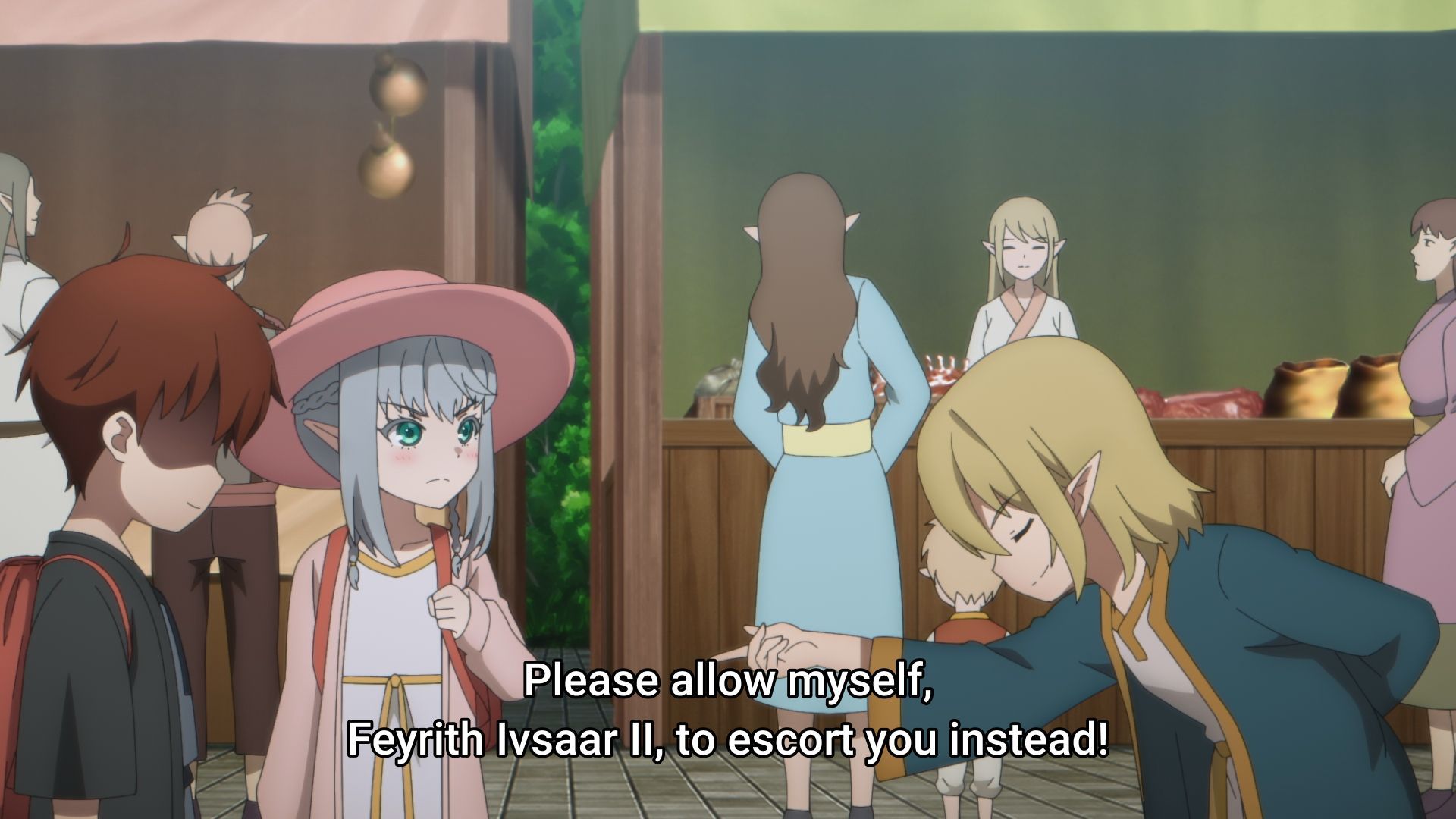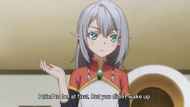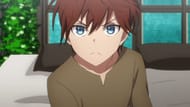The Beginning After the End episode 6 premiered on Wednesday, May 7, 2025, at 11:30 PM JST. This episode of Saikyou no Ousama, Nidome no Jinsei wa Nani wo Suru? features Arthur’s heartfelt reunion with his parents, albeit through telepathic means. He also officially becomes Virion’s disciple and remains in Elenoir to begin his training.
During this time, his relationships with both Virion and Tessia deepen. The episode concludes with a three-year timeskip, showing Arthur and Tessia continuing their journey together.
Episode 6 stands out as the most impressive installment so far, offering a more emotionally layered narrative, stronger character dynamics, and richer world-building. The improvements in storytelling, animation quality, and overall production are clear, moving the series away from earlier pacing issues and making for a significantly more engaging viewing experience.
The Beginning After the End episode 6: A brief synopsis and narrative criticism

The Beginning After the End episode 6, titled “The King’s Training,” offers a well-balanced and emotionally rich entry, blending character development, world-building, and key story progression.
It opens with Arthur experiencing pain from his unstable Beast Will, only to be woken up by Tessia as his training looms. Meanwhile, despite opposition, Virion decides to take Arthur and Tessia to meet Rinia Darcassan, a mysterious diviner witch who can help Arthur reconnect with his parents.
During their journey, Arthur gains insight into Tessia’s isolated life as the elf princess and forms a bond with Virion. Upon meeting Rinia, Arthur is shown his parents’ current lives.

Seeing that they’re alive but guilt-ridden over his disappearance, Arthur contacts them to reassure them of his safety in Elenoir and promises to reunite once he recovers. This heartfelt moment marks his decision to become Virion’s apprentice.
After gaining Alduin’s approval for Arthur to stay, Tessia shows Arthur around town, where they encounter a prideful young elf named Feyrith. A quick duel ensues after Feyrith mocks Arthur for being human, but Arthur easily outmatches him.
What follows is a lighthearted outing with Tessia and a conversation about the training and challenges ahead. Arthur recalls Virion’s warning that the upcoming beast tamer training will be brutal and asks whether he’s truly prepared, and a determined Arthur commits to it.

The Beginning After the End episode 6 concludes with Arthur’s training beginning, followed by a post-credits scene that jumps three years into the future, revealing a more mature Arthur and Tessia continuing their journey.
In terms of narrative, The Beginning After the End episode 6 delivers a well-rounded story that strengthens emotional depth and character growth. While the episode is light on action, it excels in exploring meaningful relationship dynamics, especially through Arthur’s heartfelt reunion with his parents and the revealing of Tessia’s life of isolation.
The early scene of Arthur’s painful dream tied to the Beast Will and the timeskip at the end effectively builds intrigue and momentum. The interactions with Feyrith add an amusing touch.
Overall, the episode successfully advances the plot while enriching the emotional and developmental nodes of Arthur’s journey and training.
The Beginning After the End episode 6: Animation and an overall production criticism
The Beginning After the End episode 6 marks a noticeable improvement in both production quality and narrative execution. While the storyline remains the show’s main strength, this episode sees a substantial upgrade in animation and visual fluidity. The previously slideshow-like visuals now feel more dynamic and cohesive, significantly enhancing the overall viewing experience.
Though it’s still too early to assess the full extent of improvements in action sequences, the brief duel between Arthur and Feyrith already shows better fluidity and smoother transitions, making it more visually satisfying. The absence of poorly rendered CGI also helps maintain consistency in the visuals, contributing positively to the overall polish of episode 6.

Emotional scenes are executed with care and impact, reinforcing the character and emotion-driven moments effectively. The voice cast delivers impressive performances once again, adding depth to the character dynamics, and Keiji Inai’s music and soundtracks continue to amplify the overall atmosphere, enhancing the visual depth more.
All these improvements combined, The Beginning After the End episode 6 gives a more refined, emotionally resonant, and engaging watch, raising hopes for the episodes to follow.
Final thoughts

To sum up, The Beginning After the End episode 6 revives the fandom’s hopes by delivering what is arguably the most impressive installment of the anime so far. Building on the gradual improvements seen in the past three episodes, this entry stands out with a notable leap in both narrative direction and audio-visual quality, offering a stark contrast to the weaker earlier episodes.
While the enhancements are encouraging, it’s still too soon to fully celebrate, as episode 6 features minimal action and no CGI, both of which are critical in gauging a production’s overall strength. That said, there’s a growing sense of promise in this long-anticipated Spring 2025 title, suggesting the potential for a more satisfying run ahead.
Also read:
Edited by Dishani Dutta
www.sportskeeda.com (Article Sourced Website)
#Beginning #episode #review #ACAT #delivers #deepened #character #arcs #cohesive #storytelling
